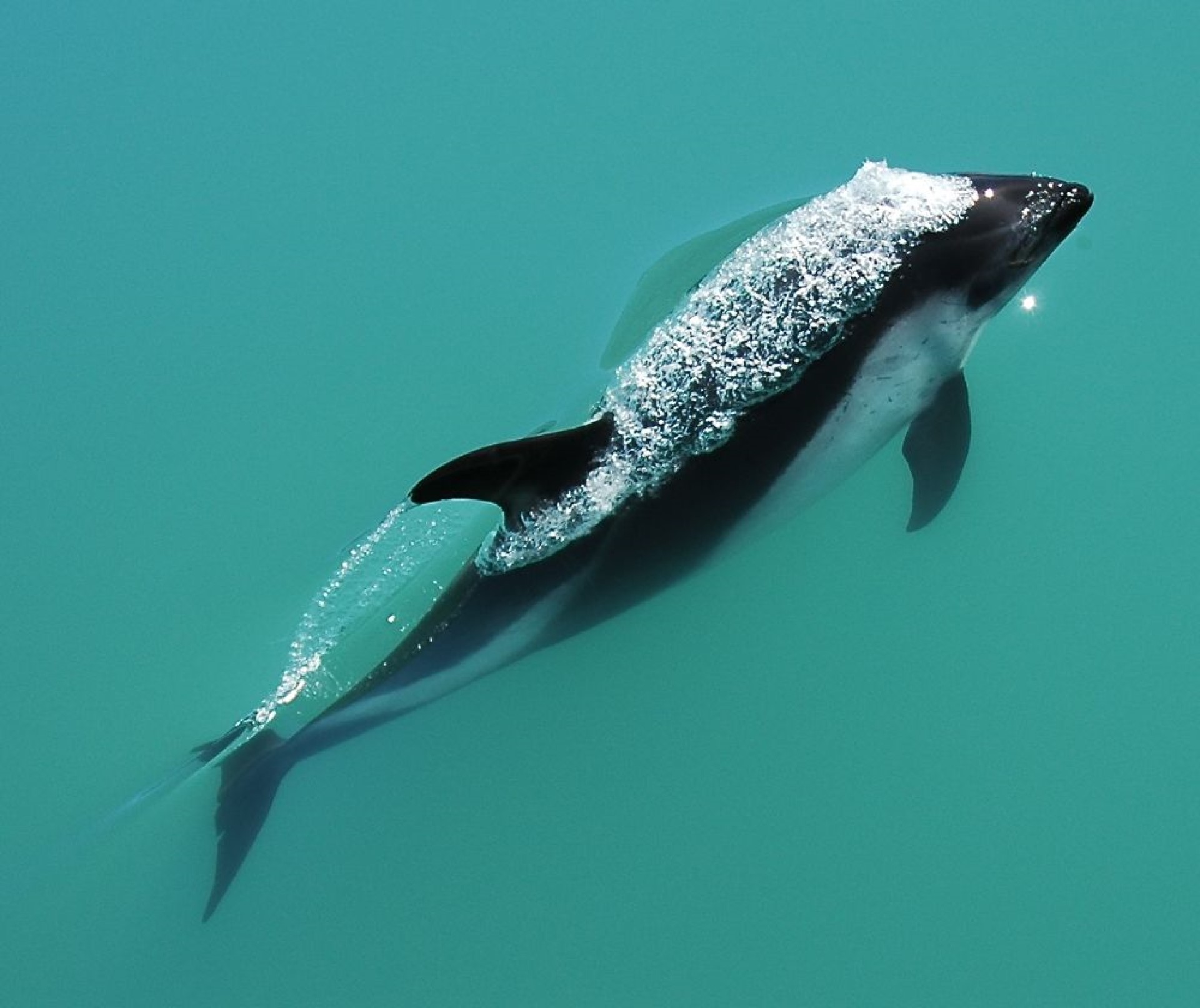
Peales Dolphin
The total population is unknown, but recent research estimates there to be ~21,800 individuals in the South Atlantic part of its range.
Peale’s dolphins’ propensity for moving over only small areas, and staying close to shore, has rendered them vulnerable to interference by man. During the 1970s and ’80s, Chilean fisherman killed and used thousands of Peale’s dolphins for crab bait each year. This practice has decreased, but not been made illegal.
In Argentina, Peale’s dolphins have been reported becoming trapped in gill nets, but the extent of this is not known. Conservation groups such as the Whale and Dolphin Conservation demand further research be made into this species.
The Peale’s dolphin or black-chinned dolphin is listed on Appendix II of the Convention on the Conservation of Migratory Species of Wild Animals (CMS). It is listed on Appendix II as it has an unfavourable conservation status or would benefit significantly from international co-operation organised by tailored agreements.
Below you will see a video of this species, and below that a list of all (if any) articles written on this species on this website – it will update automatically. Below that, we will add any links in the area which might help you see this species in the wild. They will be added as we make connections.